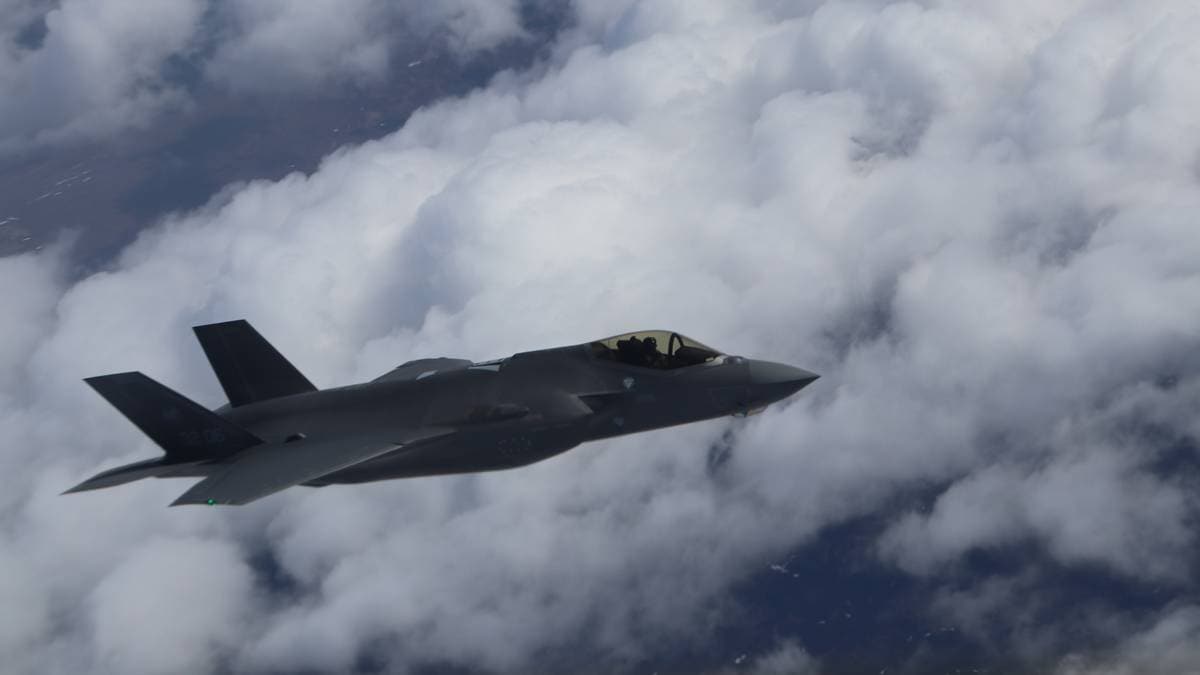The frozen remains of a sabre-toothed cat thought to be about 31,800 years old have been studied for the first time in history, according to a study.
The cub's mummified remains, including its head, front arms and paws, and part of its chest, were found well-preserved in Arctic permafrost on the banks of the Badyarikha River in Yakutia, in Russia's Siberia region, in 2020.
"Findings of frozen mummified remains of the Late Pleistocene mammals are very rare," the researchers explained, referring to the period in which it lived.
They added: "For the first time in the history of palaeontology, the appearance of an extinct mammal that has no analogues in the modern fauna has been studied."

When compared to the remains of a modern lion cub of a similar age, there were "significant differences", said the experts.
The cat, which was about three weeks old, has wider paws with their width almost the same as their length.
It also does not have carpal pads (shock absorbers) which is thought to be an adaptation to low temperatures and walking in snow.
'Large mouth, small ears and massive neck'
The prehistoric animal also has a "large mouth opening", small ears and a "very massive neck region" along with elongated forelimbs.

Its neck is "longer and more than twice as thick" as the modern cub's, and the mouth opening is about 11% to 19% bigger.
"The difference in (neck) thickness is explained by the large volume of muscles, which is visually observed at the site of separation of the skin from the mummified flesh," said the study, which was carried out by A V Lopatin of the Russian Academy of Sciences in Moscow and colleagues.

The ears are also higher up on the skull of the cub.
When complete, the whole animal would have been about 35cm long.
It was determined that it shared characteristics with the subfamily Machairodontinae, specifically the Homotherium genus - cats with sharp, curved sabre teeth that existed around 12 million to 10,000 years ago in North America and Europe.
The mummified body is covered with short, thick, soft, dark brown fur with hair about 20-30mm long.
And the fur on its back and neck is longer than on the legs.
Read more science and climate news:
Argentina walks out of COP29 climate summit
Battle lines drawn on new climate fund

Follow Sky News on WhatsApp
Keep up with all the latest news from the UK and around the world by following Sky News
The authors also wrote that "one of the striking features of the morphology of Homotherium, both in adults and in the studied cub, is the presence of an enlarged premaxillary bone".
This jaw shape contains an "expanded row of large cone-shaped incisors".
The study was published in the journal Scientific Reports.

 5 months ago
73
5 months ago
73























 English (US)
English (US)